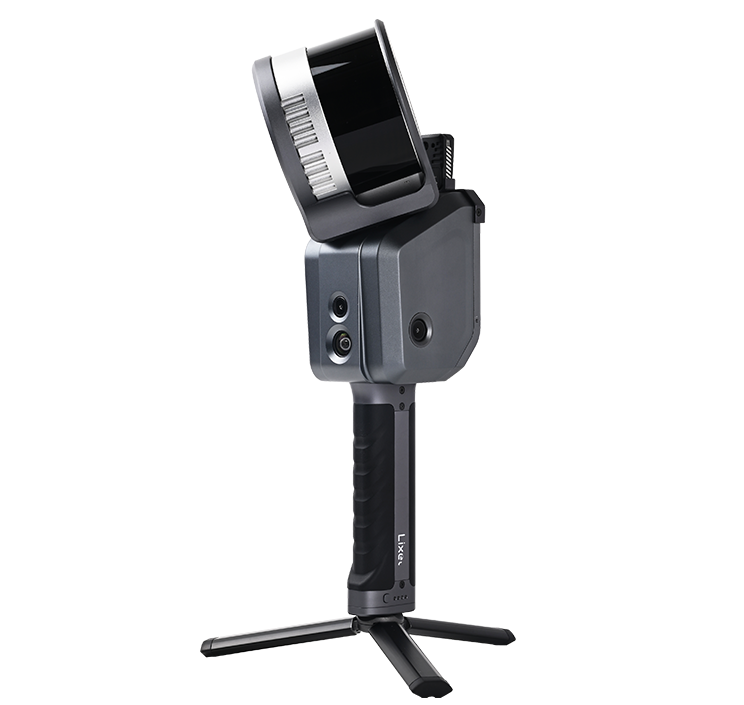- Home
- Case Study
- Applying Apus UAV LiDAR & Lixel X1 SLAM scanner in acquiring detailed data efficiently
Applying Apus UAV LiDAR & Lixel X1 SLAM scanner in acquiring detailed data efficiently
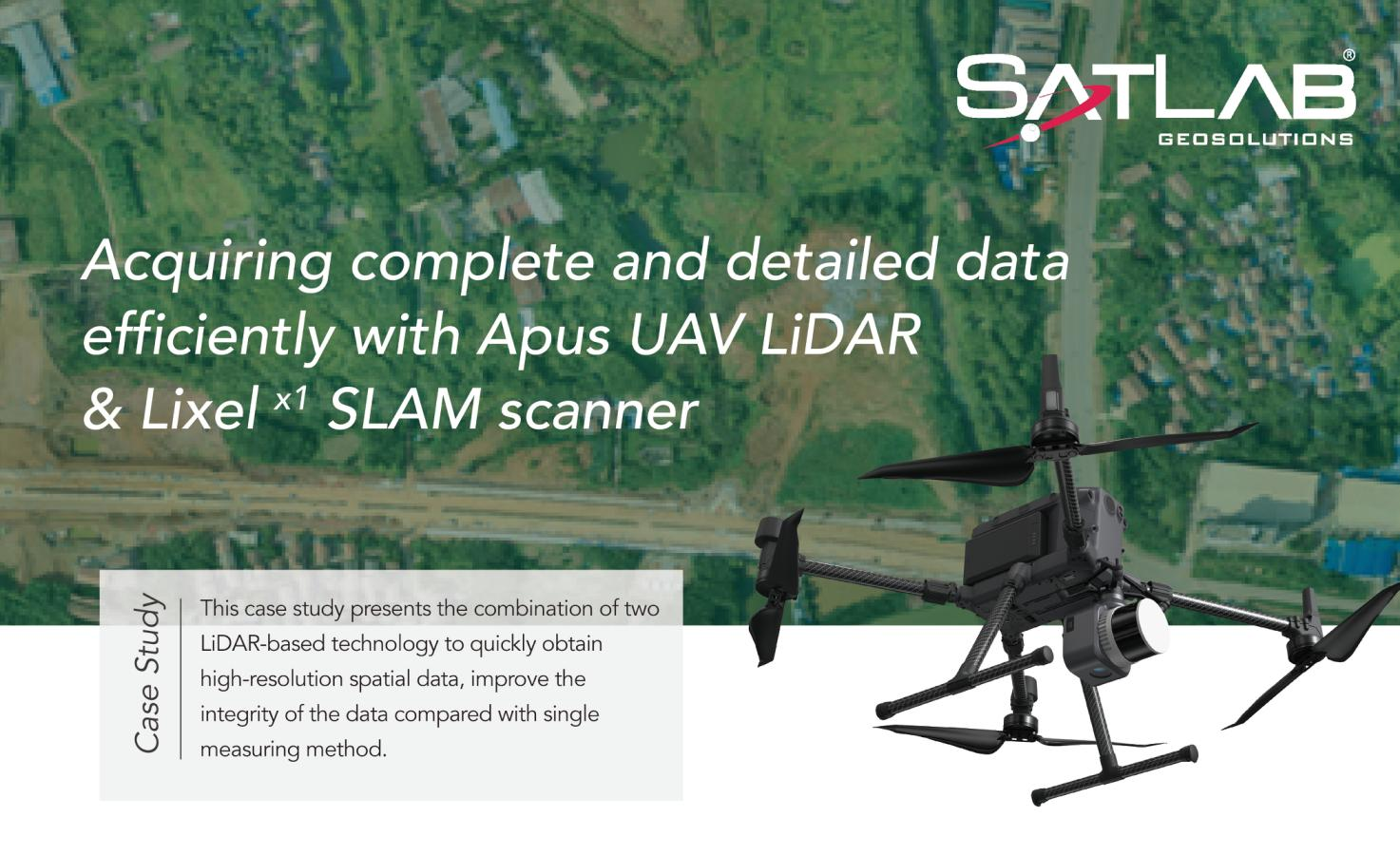
UAV LiDAR+ SLAM scanner: One of the most accurate and fastest solution to obtain specific geographic information data
Large-scale topographic surveys are characterized by a wide surveying area, complex environment, and demand for high mapping accuracy. Based on a single-point operation, the traditional method can be time-consuming and does not meet the high precision and efficiency requirements of topographic mapping.
Currently, laser scanning technology is one of the most accurate and fastest solutions to obtain specific geographic information data. A UAV (unmanned aerial vehicle) LiDAR solution can obtain large-area, high-efficiency, and high-precision point cloud data. SLAM-based laser scanning technology, which can operate without GNSS, acquires high-resolution point cloud data swiftly and accurately.
This case study presents the combination of two LiDAR-based technologies to quickly obtain high-resolution spatial data and improve the integrity of the data compared with a single measuring method.
Project need
The survey area is about 1.5 square kilometers, with height difference of 30 meters, about 60% vegetation cover, and villages with rows of houses connected by side walls, and cluttered village facilities with a large number of tin shacks. The mapping results require an error in elevation of less than 5 cm, and no voids in the data of sheltered areas such as tin shacks and eaves.
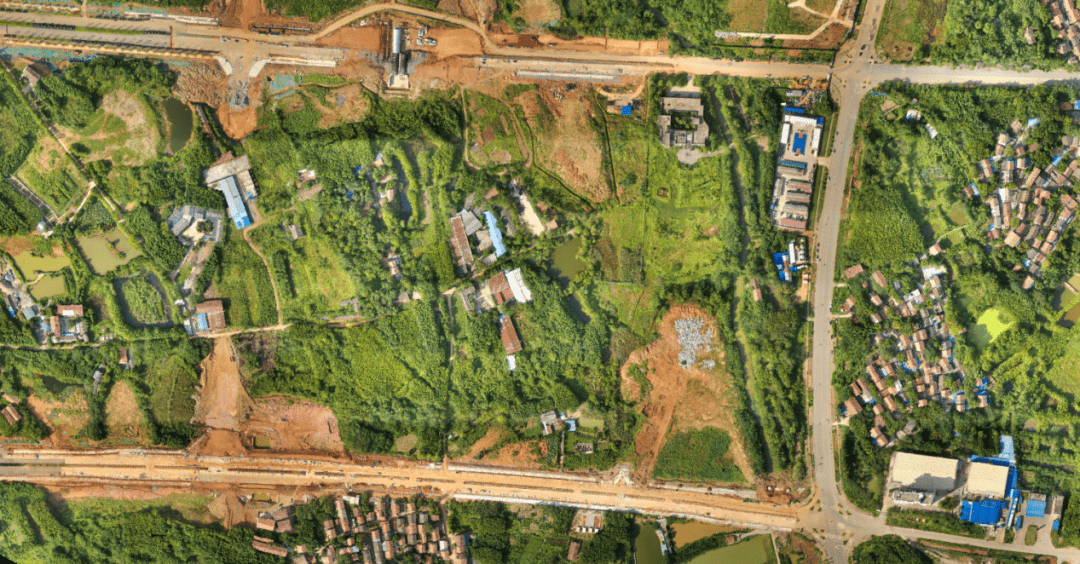
Figure 1 Aerial view of the survey area
Challenge
Obtaining accurate and detailed ground topography data in dense vegetation areas with the photogrammetry method can be challenging due to the complex environment of the survey area. Traditional surveying methods like total station and RTK operation can be time-consuming and may not effectively cover large or inaccessible areas.
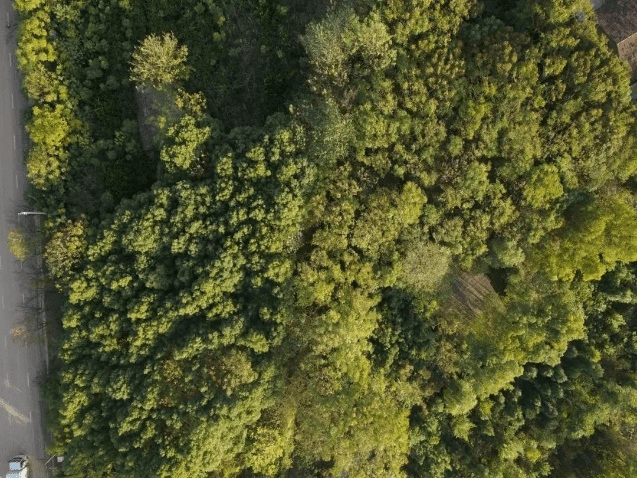
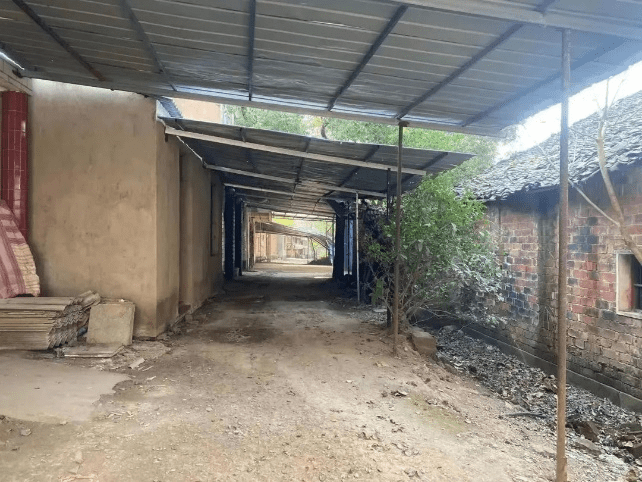
Figure 2 Houses and forests in the survey area
Solution
During the data capture process, the mission faced several challenges such as densely forested areas and rugged landscapes. To effectively scan the large area, the APUS LiDAR system was integrated with DJI M350RTK. This combination proved to be highly effective in capturing accurate and detailed data, even in areas that were difficult to access.
In addition to the APUS LiDAR system, the LixelX1 SLAM scanner was used to augment the data in instances where parts of the structure were blocked by shacks or roofs. This allowed for a more comprehensive and detailed scan of the entire surveying area.
To ensure the accuracy of the data, several RTK check points were collected throughout the surveying area. These check points were used to verify the fusion point cloud and ensure that the resulting data was as accurate and precise as possible.
Project specifications
1. Equipment
LixelX1 SLAM scanner with RTK moduel, APUS LiDAR system, DJI M350RTK, SatLab SL900 GNSS receiver + CORS network.
2. Software
Lixel Studio, Sat-LiDAR.
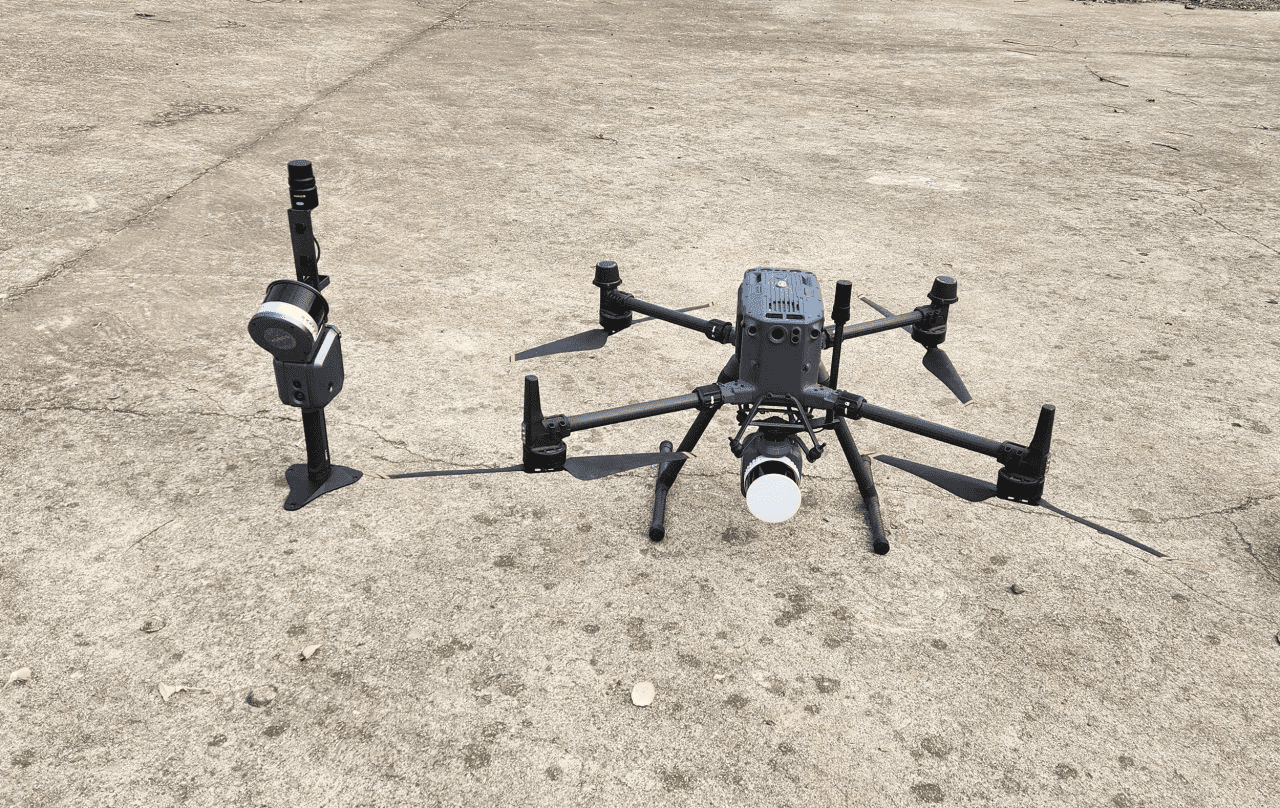
Figure 4 The LixelX1 SLAM scanner and APUS integrated with DJI M350RTK
3. Technical route
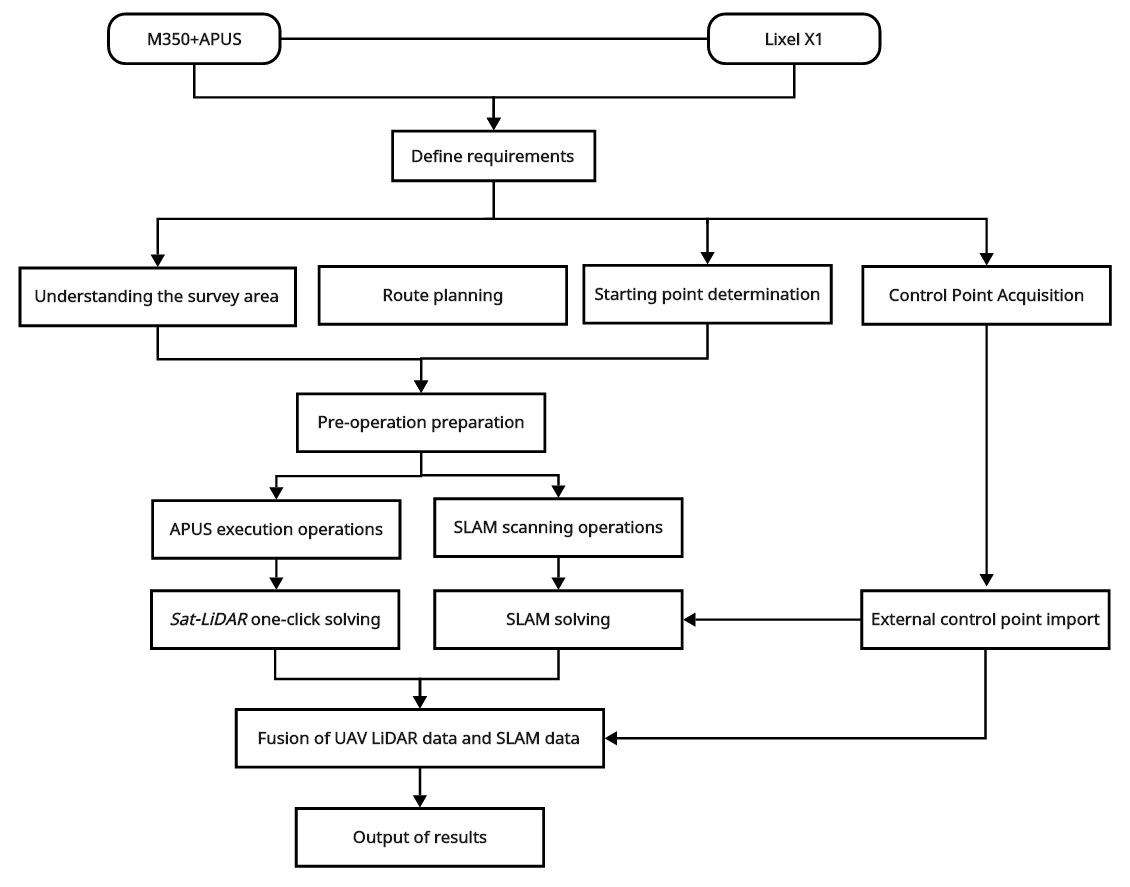
Results
High density and qualified data
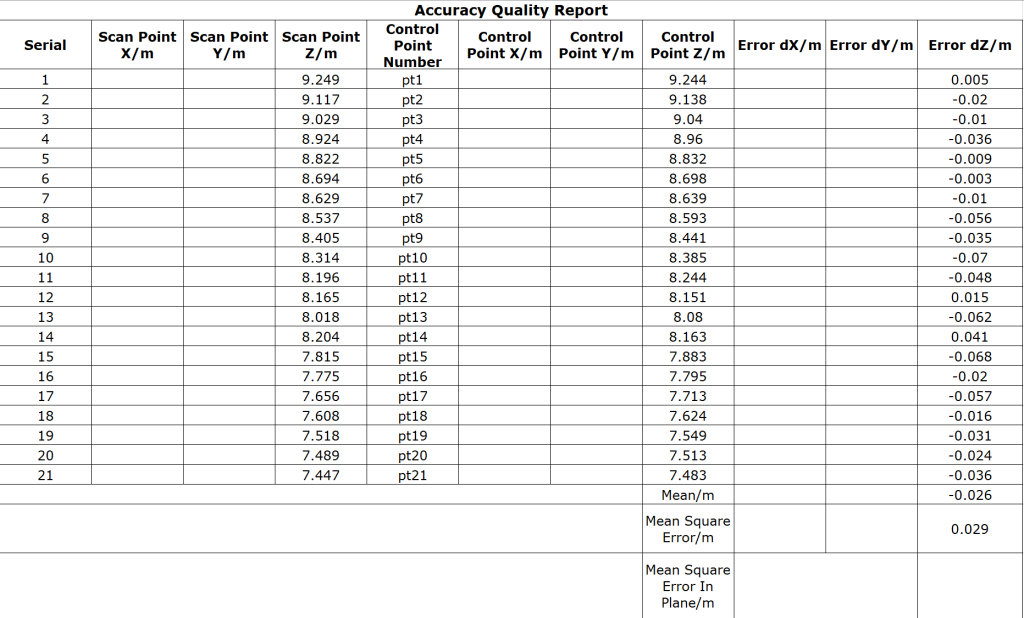
Figure 6 Accuracy report generated by Sat-LiDAR
The two types of point clouds were put in the same coordinate system and seamlessly merged—the average dZ=-0.026, root mean square= 0.029 (GCP).
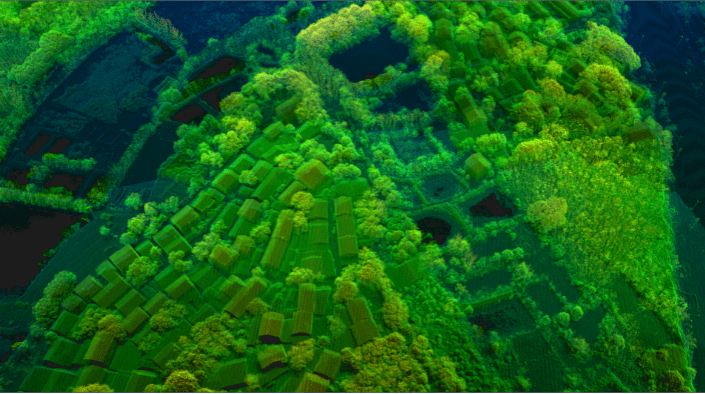
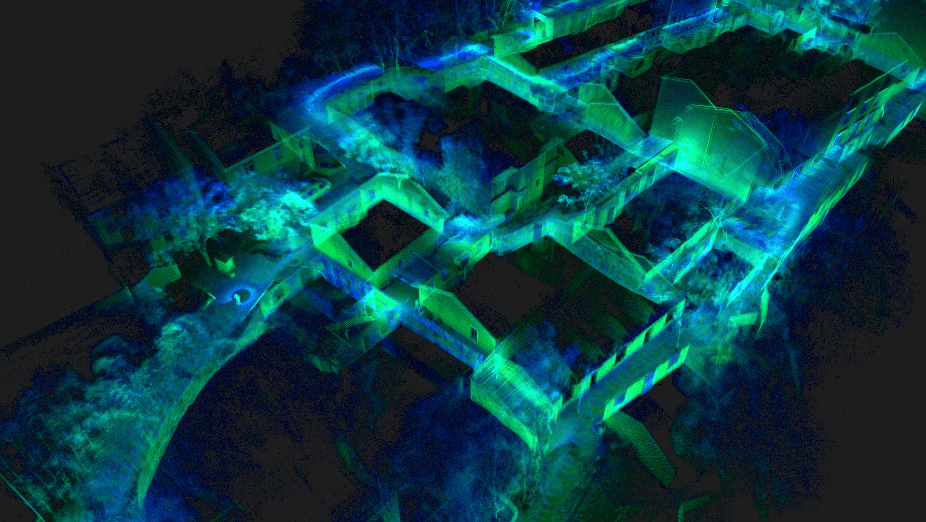
APUS UAV LiDAR point cloud
Lixelx1 SLAM point cloud
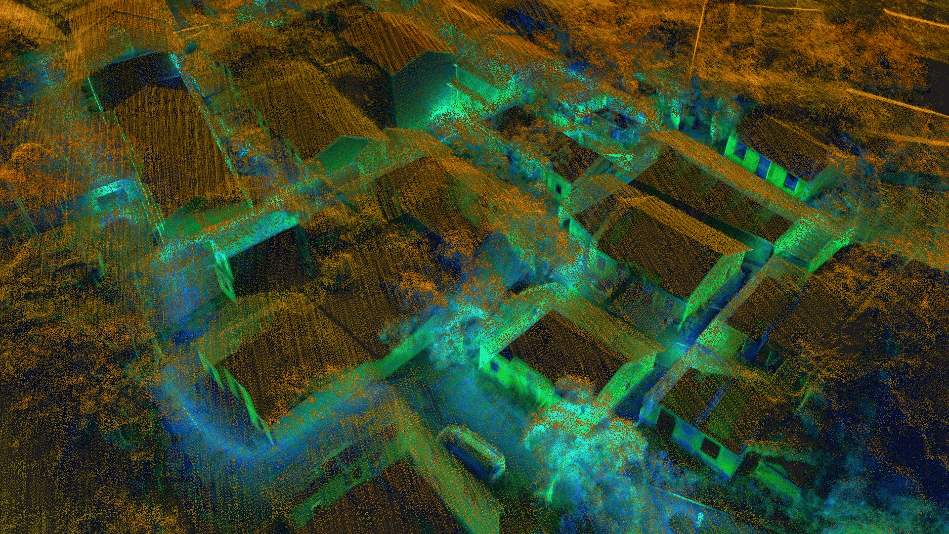
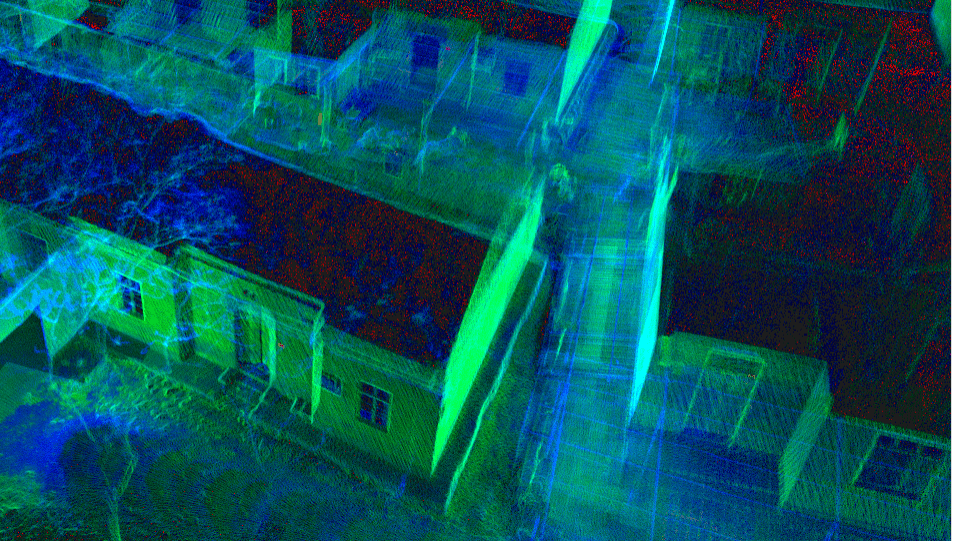
Data fusion effect
Digital elevation model (DEM) and topographic mapping result
The point cloud, which had high-integrity and centimetric resolution, was processed using Sat-LiDAR software to classify ground points. This allowed for the recovery of clear ground information under the sheltered area, resulting in accurate digital elevation model (DEM) and digital line graphic (DLG).
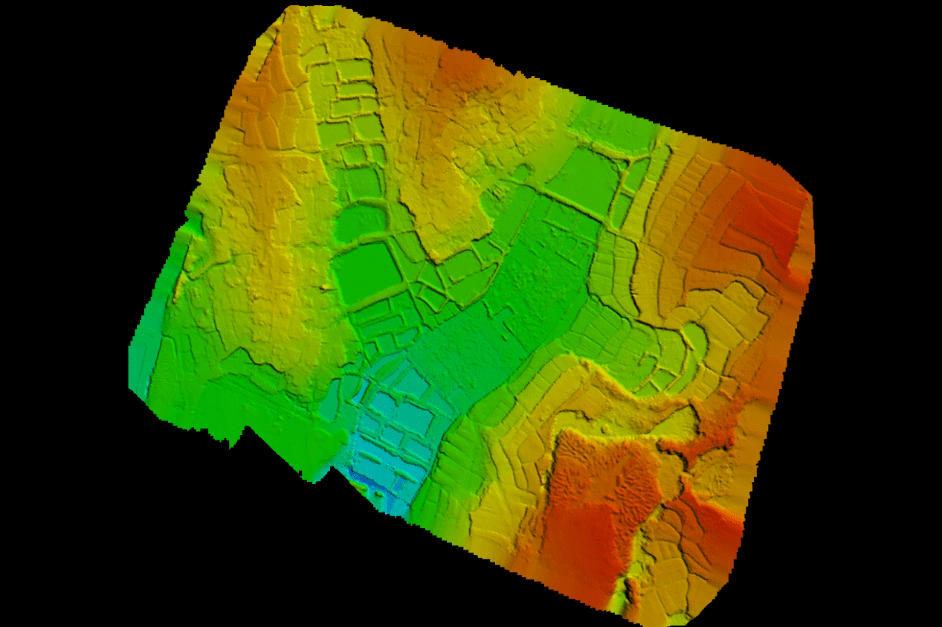
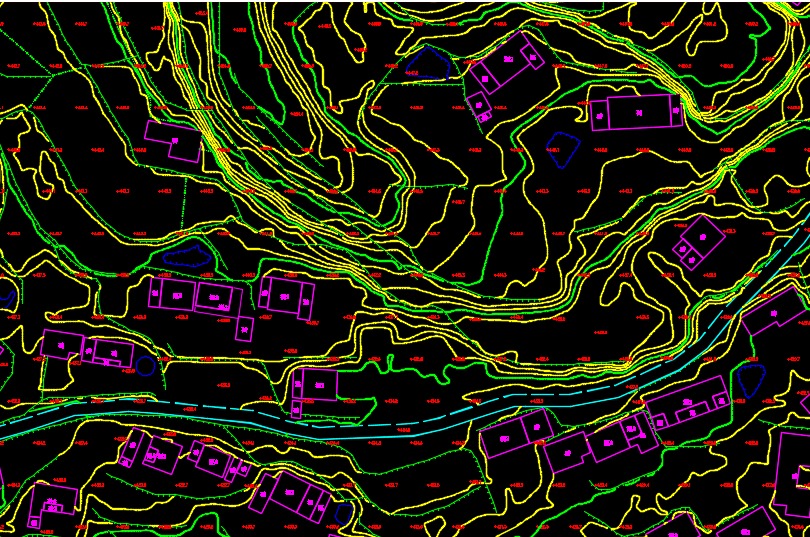
Conclusion
The combination of UAV LiDAR and SLAM scanner technologies is a powerful tool for enhancing the accuracy and reliability of survey data. UAV LiDAR technology can create highly detailed 3D maps of the terrain and objects below, while SLAM scanning can accurately locate and position the UAV during the survey. This combination ensures that the survey data is comprehensive and precise, making it a reliable data source for various applications such as urban planning, construction site monitoring, and natural resource management. With its ability to capture accurate and extensive survey data, this technology has become increasingly popular in various industries, providing significant benefits to professionals in these fields.

.png)
